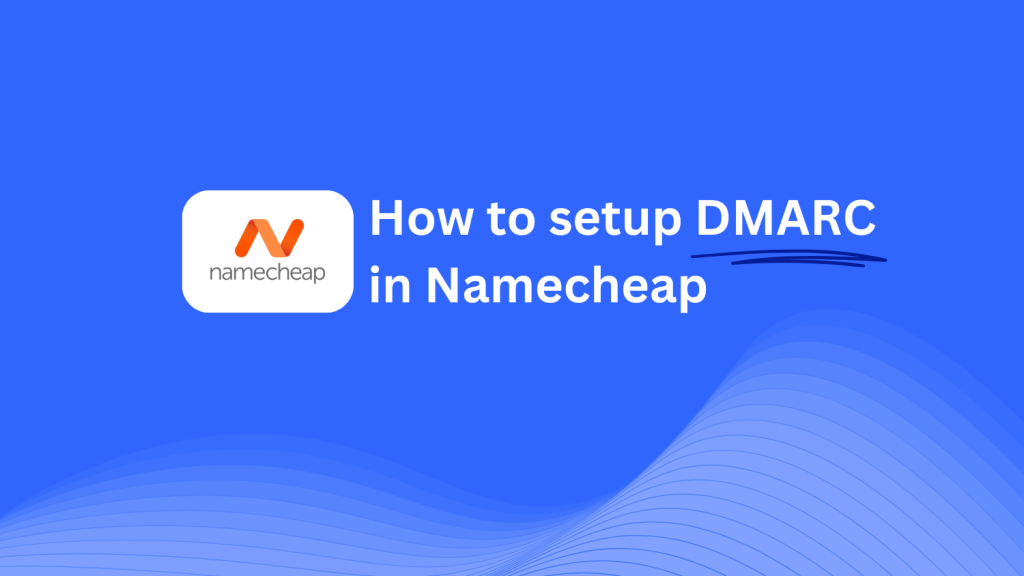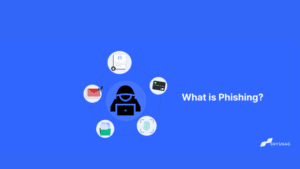How To Configure DMARC In Namecheap

This step-by-step guide will walk you through adding a Skysnag DMARC CNAME record to your domain using Namecheap’s DNS management system. Once configured, Skysnag will automatically handle your DMARC policies, helping to protect your domain from email fraud and phishing attacks.
Note: To successfully apply the instructions below, you must have a Skysnag account. If you haven’t created one yet, click here to do so.
Step 1: Log in to Your Namecheap Account
- Visit the Namecheap website.
- Log in to your account with your credentials.
- From the dashboard, click on Domain List on the left sidebar to view your registered domains.
Step 2: Access the DNS Management Section
- Next to the domain you want to manage, click the Manage button.
- In the domain management page, scroll down to the Nameservers section.
- Ensure that your domain is using Namecheap BasicDNS or a similar DNS provider. If your nameservers are set to something else, switch them to Namecheap BasicDNS.
- Once the correct nameservers are active, go to the Advanced DNS tab to access your DNS settings.
Step 3: Add the CNAME Record for DMARC
- In the Advanced DNS section, scroll down to the Host Records section.
- Click Add New Record and select CNAME Record from the dropdown.
- Fill in the following information:
- Host: Enter
_dmarc(this indicates it’s for DMARC purposes). - Target/Value: Enter
{your-domain-name}.protect._d.skysnag.com. Replace{your-domain-name}with your actual domain name, for example,example.com.protect._d.skysnag.com. - TTL: Set it to Automatic or leave the default value.
- Click the Save All Changes button to apply the new CNAME record.
Step 4: Wait for DNS Propagation
- After saving the record, DNS propagation may take a few minutes up to 24 hours.
Step 5: Verify the Skysnag CNAME Record
- Log in to your Skysnag dashboard.
- Locate the domain where you added the CNAME record.
- Click the Verify button to confirm that the Skysnag DMARC CNAME record has been properly configured.
- Once verified, Skysnag will automatically manage your DMARC policies and email security reports.
Troubleshooting Tips
- CNAME Record Not Propagating? Double-check the details and allow up to 24 hours for DNS propagation.
- Existing DMARC TXT Record Conflict? If you already have a DMARC TXT record, consider removing or updating it to avoid conflicts with the new Skysnag CNAME record.
- Need Help from Namecheap? Namecheap provides customer support and an extensive knowledge base to assist with any DNS configuration issues.
By following these steps, you’ve successfully added the Skysnag DMARC CNAME record to your domain using Namecheap. Skysnag will now manage your DMARC policies and email security, ensuring your domain is protected from phishing and email fraud.





